
Depending on the application for which Alessandro Volta's battery is intended, the suitable battery ensures a significant role in the energy support of your electronic equipment. Batteries for decades protect the critical power supply before the failure of electrical networks, while they are designed to protect the critical power supply in demanding applications.
Over time, the reliability of batteries enables the greatest technological progress. Portable computers, mobile phones, micro electronic circuits, UPS that support uninterrupted operation of daily equipment should be able to offer continuous support to electrical appliances. They significantly contribute to improving the quality of cleaner energy and reducing the climatic change in cities with the use of them in electrical vehicles.
One of the most important advantages of power supplies is VRLA AGM technology. Among them, from simple applications to complex photovoltaic and energy storage systems.
Some of the basic characteristics that are useful to know for the sealed type of batteries, include:
They have excellent internal resistance
The excellent internal resistance required for AGM batteries is to give high currents during discharge, and to have a long service life even in demanding use. This feature makes it stand out from other categories, as it requires its full performance, even in discharge rates greater than 50% of its capacity. The high discharge capacity is useful in lead-acid batteries where options are limited in the design. It offers advantages for the large weight and service life of them.
They are sealed type
Sealed type batteries, despite their shape, do not require maintenance. Recommended, sealed for all, with lead or gel plates of absorbent material (e.g. emergency lighting)
They are supported by AGM technology
The acronym AGM or else Absorbed Glass Matt, indicates that the battery electrolyte is held in the so-called mat of borosilicate glass fiber. In this way the electrolyte of the battery is contained, therefore, the type refers to space-saving applications. Also, compared to the lead-acid batteries of the AGM, it offers a wider range of chemical reactions within the battery. Therefore, they offer advantages for sealed areas or for demanding applications where tactile handling is difficult.
The above plates are, also, compact and offer superior performance compared to other types. In combination with asbestos batteries, VRLA AGM technology offers the following advantages:
- Longer life cycle
- Greater security
- Greater resistance to discharge, which contributes to its high and low temperatures
- Greater reliability in performance
- Greater resistance to vibration
- Micro discharge
- Full sealing
They are different from GEL batteries
It is important to mention that although AGM batteries are related to GEL batteries. GEL batteries contain gel in the form of pure silica to which the electrolyte is adhered. This affects the flow of electrons between the plates, but allows the diffusion to be performed through the battery. This combination combines many of the common characteristics. As both types are non-spillable, both types offer high discharge and can be used safely in any application. The difference in the cost of each AGM battery makes it the most economical choice!
They support a wide range of applications and systems
VRLA AGM batteries are ideal, suitable for all applications and extreme needs. Indicatively, we meet them in emergency lighting, vehicles, motorcycles, photovoltaic, energy, electrical vehicles, electrical wheelchairs, wheelchairs, medical machines and facilities, etc.
Browse exceptional offers on VRLA AGM batteries from our company.



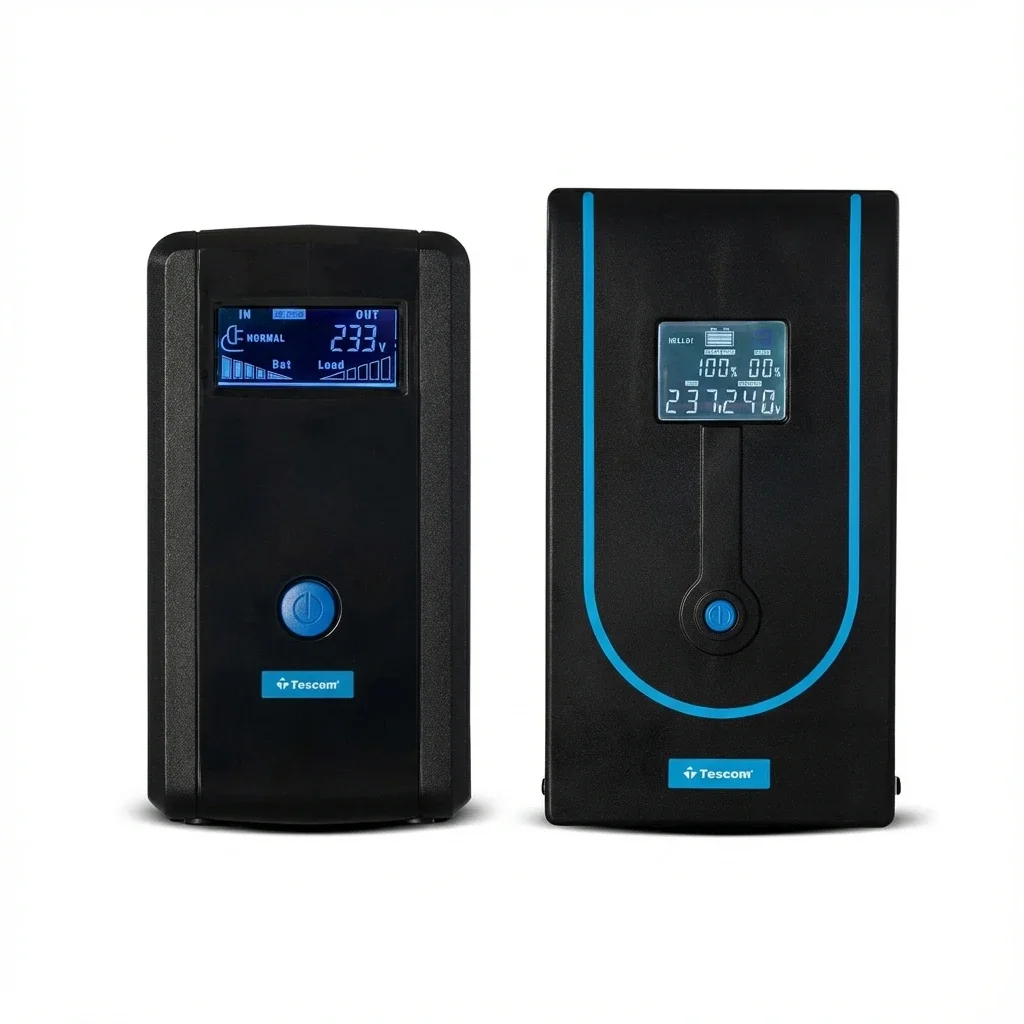 LEO LCD
LEO LCD

 DS 300 H/HB
DS 300 H/HB
 PRIME PLUS
PRIME PLUS
 NEOLINE
NEOLINE
 DS 300 SH/SHB
DS 300 SH/SHB
 PRIME
PRIME
 AVR 33
AVR 33
 AVR 11
AVR 11
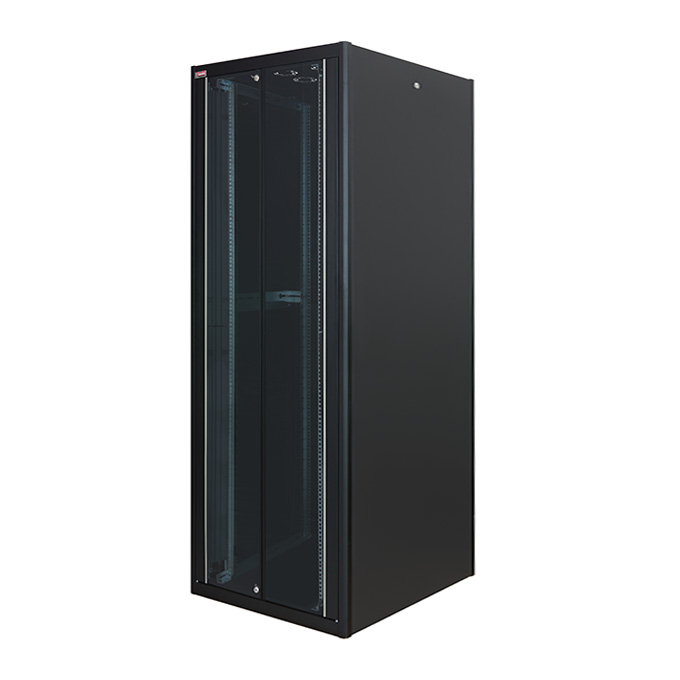 DYNAMIC BASIC
DYNAMIC BASIC
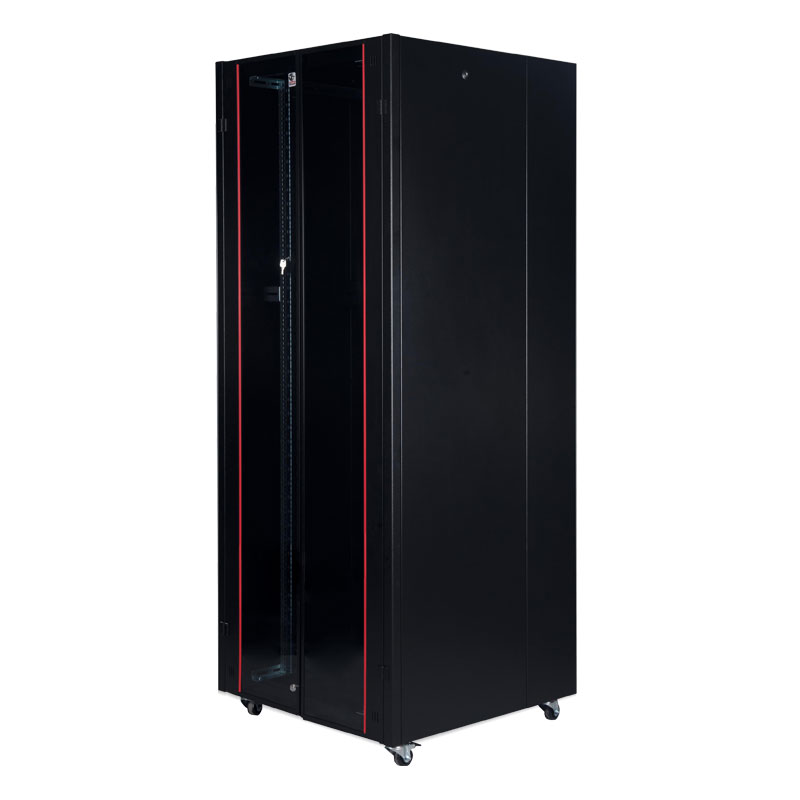 HYPERLINE
HYPERLINE
 DYNAMAX
DYNAMAX

 PROLINE B
PROLINE B
 SAFEBOX B IP55 / OUTDOOR
SAFEBOX B IP55 / OUTDOOR
 SAFEBOX B IP55 / INDOOR
SAFEBOX B IP55 / INDOOR
 PROLINE
PROLINE
 LP
LP
 ES/ESC
ES/ESC
 Connection Symbols
Connection Symbols
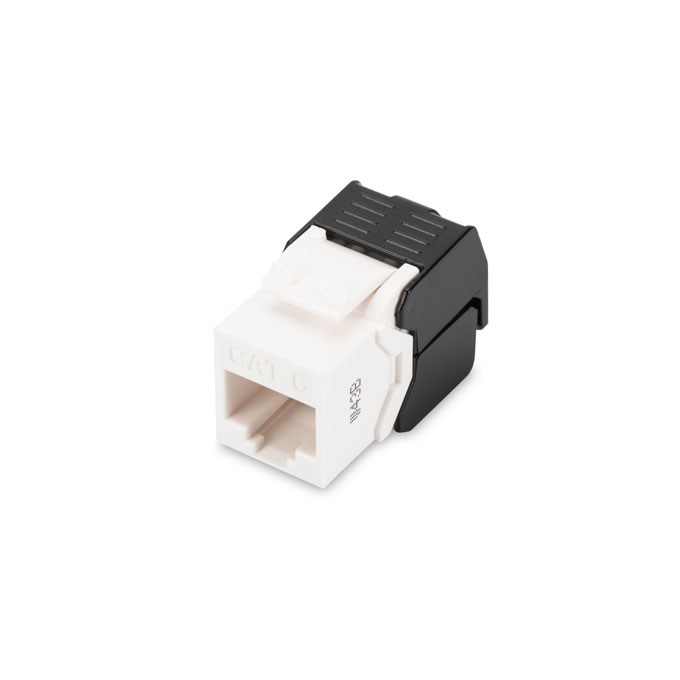 JACK KEYSTONE
JACK KEYSTONE
 PATCH CORD CAT6A
PATCH CORD CAT6A
 PATCH CORD CAT6
PATCH CORD CAT6
 PATCH CABLE RAW
PATCH CABLE RAW
 PATCH PANELS
PATCH PANELS
 SWITCHES
SWITCHES
 DIESEL / Baudouin
DIESEL / Baudouin
 SINGLE PHASE
SINGLE PHASE
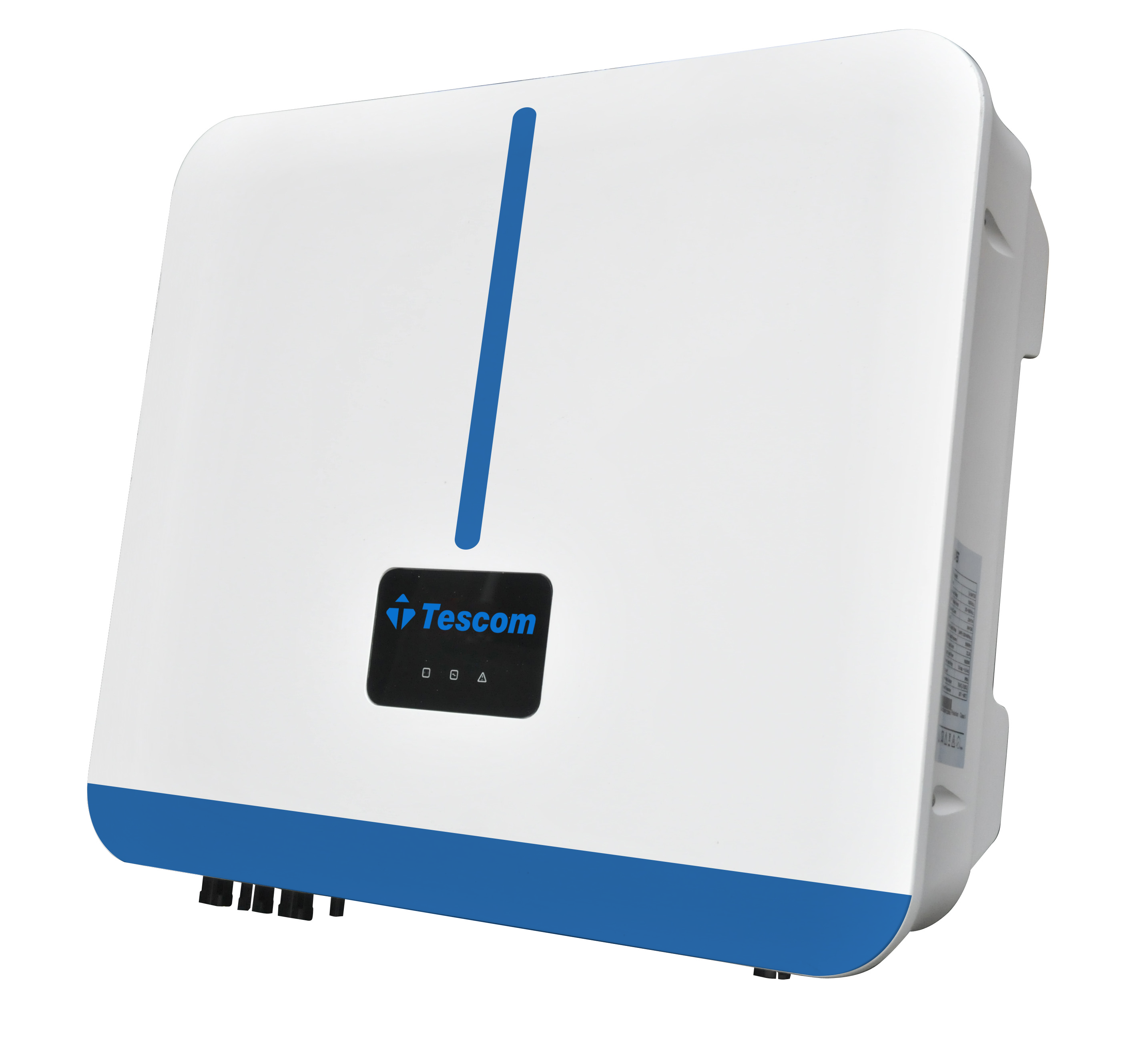 INVERTER 3phase
INVERTER 3phase
 INVERTER 1phase
INVERTER 1phase
 INVERTER Industrial
INVERTER Industrial
 EV CHARGER
EV CHARGER